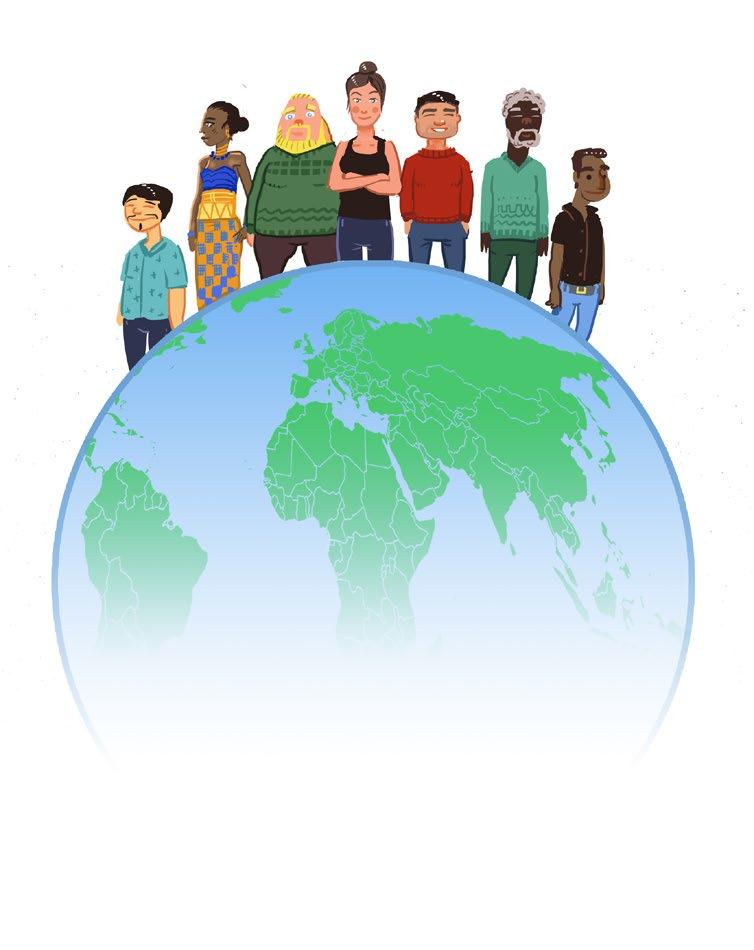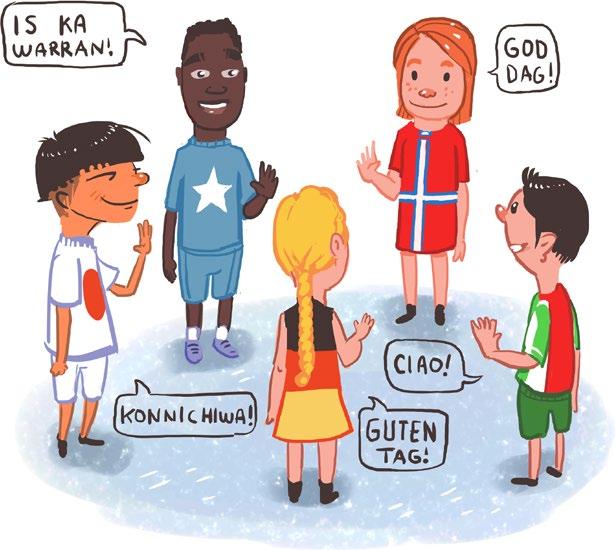introduction: english for teachers and learners
to understand the challenges – and the advantages – that learners with different language backgrounds may have. Therefore, when we present aspects of English vocabulary, grammar and pronunciation in this book, we explain them as parts of a larger picture. In this way, we hope to contribute to insight into the different systems of language and into the elements that, together, constitute any language. We hope this will open your eyes to the richness of language and languages, and contribute to your understanding and appreciation both of language in general and of those particular languages you are interested in. This, in turn, will help you guide other learners in their discovery of a new language.
The linguistic diversity in English classrooms Norwegian classrooms are becoming increasingly diverse – pupils come from an ever wider variety of language backgrounds. While most pupils will have Norwegian as their first or primary language, quite a few will have another language as their home language. Many of our learners are bilingual or even multilingual. A bilingual person is one who grows up with two languages, for example Urdu and Norwegian, while a multilingual person grows up with more than two. In the world today, most people actually master at least two languages. This means that Norwegians who are monolingual (= master only Norwegian) are a minority in the world when it comes to language proficiency. In 2019, approximately 18 percent of the pupils in Norwegian schools were first or second generation immigrants (Statistisk Sentralbyrå, 2019). Many of these have a different language than Norwegian as their mother tongue. Naturally, the ratio of learners with a minority language varies greatly from one school to another. In some schools in Oslo, more than 90 percent of the pupils are speakers of a minority language, while the number in other schools is less than five percent. In 2020, an average of 38.3 percent of pupils in Oslo schools didn’t have Norwegian or Sami as their first language (Oslo kommune, 2020). Of course, these pupils do not all have the same language background. We don’t know exactly how many different languages are represented in Norwegian schools, but the number is probably close to 200. In addition to the “new” languages that immigrants bring with them, Norway has a long tradition of linguistic diversity in Sami and Kven areas. The many languages in a classroom can be a challenge because different pupils have difficulties with quite different aspects of English. While a pupil with 18



